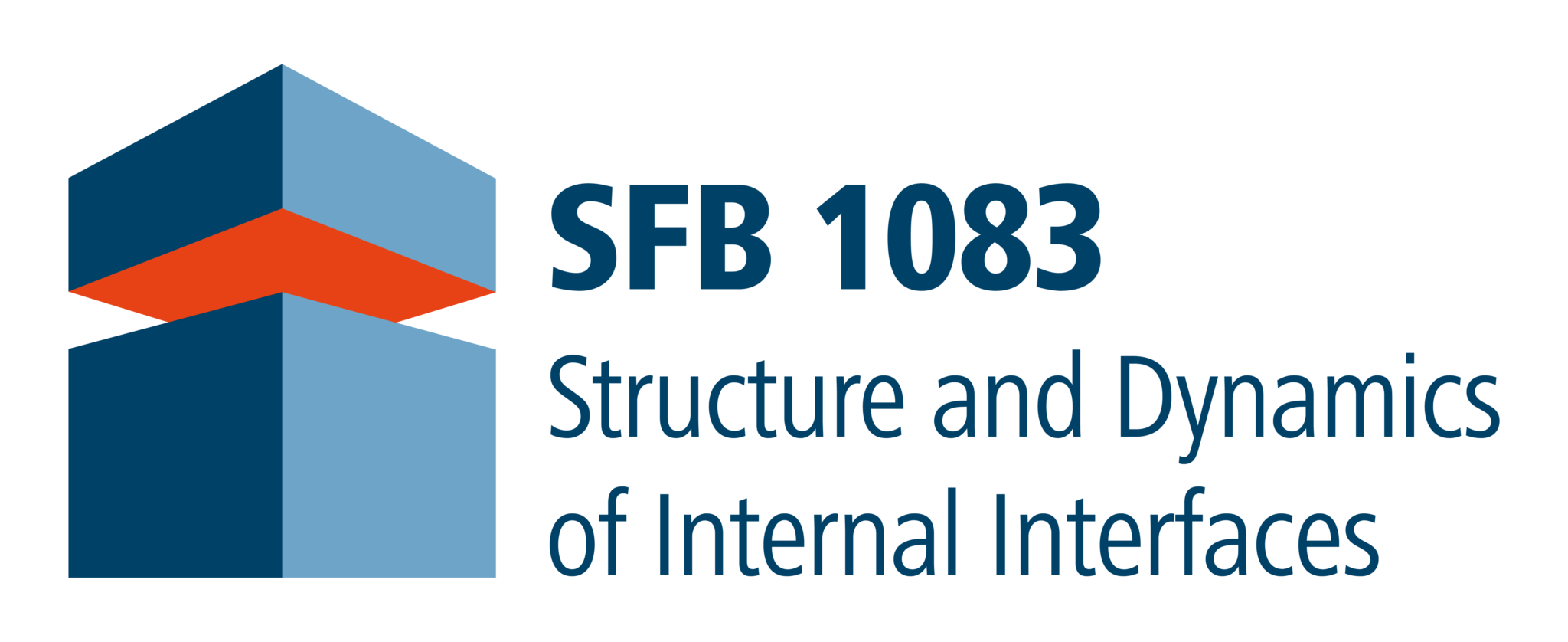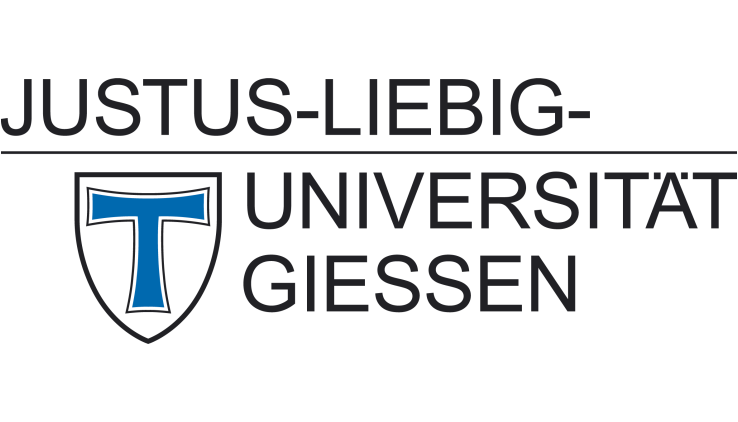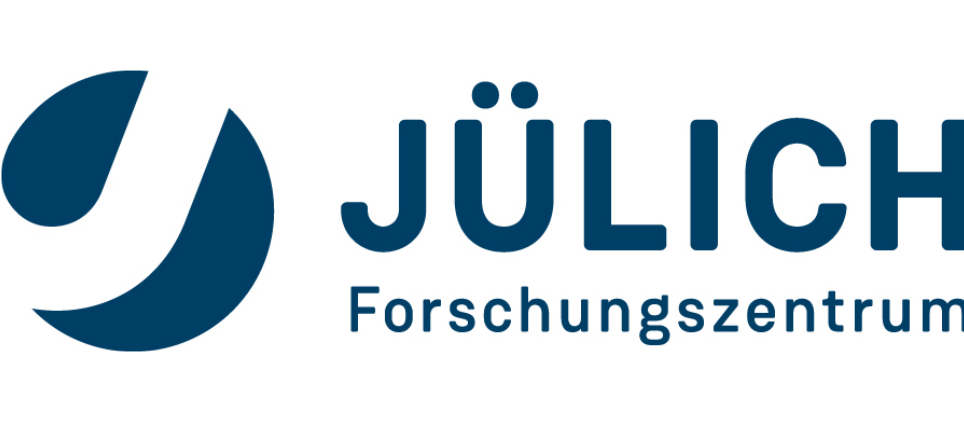Highly-ordered hybrids between organic semiconductors and MoS2 – Publication by A2 (Witte)
In a new publication in Physics Status Solidi Rapid Research Letters project A2 (Witte) reports on the fabrication of well-defined hybrids of organic semiconductors and transition metal-dichalcogenides (TMDCs).
The two-dimensional material graphene has garnered extreme interest due to its interesting electronic properties in combination with utmost structural stability despite merely nanometer thickness. Motivated by this prominent example, further two-dimensional materials have become the focus of today’s cutting-edge research. One important class of such materials are transition metal dichalcogenides such as MoS2, WS2 or MoSe2. Their interesting electronic properties have not only revealed novel physics but already enabled the fabrication of prototypical devices.
In their recent work, Tobias Breuer and Gregor Witte used such TMDC surfaces, in particular of MoS2, to fabricate crystalline, well-defined hybrid structures with organic semiconductors (OSCs), in themselve up-and-coming technologically relevant materials. Brought together, the characteristic advantages of both material classes can be combined to potentially fabricate novel synthetic materials with superior characteristics. The authors report on the successful fabrication of such hybrids combining MoS2 with the molecular donor and acceptor systems pentacene and perfluoropentacene. In particular, they observe that both materials are structurally compatible despite their strongly different shape symmetry and form
large crystalline islands on highly ordered MoS2 basal planes. Interestingly, the molecules arrange in such a fashion that the contact area at the interface between TMDC and organic semiconductor is maximized, hence allowing for an efficient coupling of both constituents. Surprisingly, the OSCs are even epitaxially aligned on the substrates.
A crucial aspect for the successful fabrication of these heterostructures is the structural quality of TMDC surfaces. In previous work, it has been shown that photoluminescence efficiency is strongly increased for MoS2 surfaces with significant defect density as compared to pristine surfaces. For the hybrid structures, the lateral dimensions of the crystalline OSC islands are reduced and the relative orientation of the molecules on the surface is inverted, hence leading to an upright molecular growth on defective MoS2 surfaces instead of a lying configuration on pristine
MoS2. Since the preparation of ideal, defect-free TMDC surfaces is challenging and commercially available TMDCs frequently have considerable defect densities, this aspect requires appropriate consideration. The achieved expertise on the preparation of such well-defined novel hybrid structures will enable the detailed investigation of their electronic and optical coupling mechanisms within further projects of SFB 1083.
Publication:






